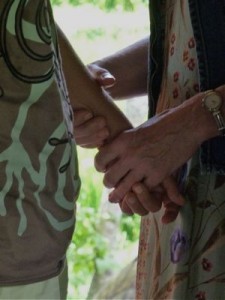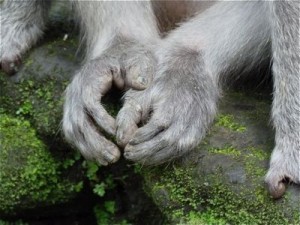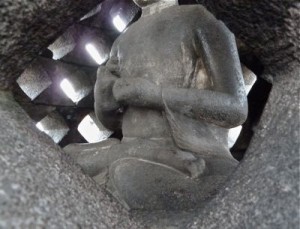Coming to Trust, Part 2: Healthy and Unhealthy Trust

A trusting nature is considered fetching; attractive. What makes trust so appealing? How do we increase trust without becoming too vulnerable?
 Trust has several different faces. Healthy Trust: When we trust ourselves to effectively evaluate and respond to other people, being trusting reflects emotional health. We are able to allow others to take actions that displease or frustrate us without taking this personally. Genuine trust is attractive to people who are ready for healthy relationships. We telegraph confidence because we trust ourselves to resolve issues.
Trust has several different faces. Healthy Trust: When we trust ourselves to effectively evaluate and respond to other people, being trusting reflects emotional health. We are able to allow others to take actions that displease or frustrate us without taking this personally. Genuine trust is attractive to people who are ready for healthy relationships. We telegraph confidence because we trust ourselves to resolve issues.
Unhealthy Trust: The face of wound-based trust is different. If we cannot trust ourselves to represent our needs and keep ourselves safe we tend to go into the either/or experience (see Part 1). We may seek to achieve or maintain relationship by extending blanket “trust.” When the alternative is distrust we may want to hold onto the “trust” and overlook indications that trust is warranted. Along with the need to be liked, approved of, wanted, or kept safe by another person, we might give away “trust” to try and make someone feel a particular way about us, or about his or her self.
Such efforts almost always backfire by causing us to distrust ourselves. Unhealthy trust is attractive to people who are not emotionally healthy. Excessive vulnerability advertises that it is safe to take advantage, care-take, or do both, according to the person’s nature.
This post series began with a comment by a friend about “placing love and trust in persons who have not earned it.” Her thinking is a good starting place. She is taking responsibility for learning, and recognizes that a process needs to occur for trust to develop. She has noticed that we need to carefully observe the way others treat us. Let’s take some involved concepts a step farther:
Words can be powerful. The word “earning” can introduce complications. Expecting someone to earn trust smacks of making them work for it while you hold trust ransom, like a prize for performance. Trustworthy sorts shouldn’t have to work hard to prove themselves to us. They can simply be themselves and allow us to observe who they are and what they do. We see them demonstrate behaviors that build trust. That is less about earning than about living through a variety of situations and seeing whether they respond with natural and consistent integrity.
My friend may not have fallen into this word trap, but I hear a lot of emotional-wound-talk to the effect that so-and-so had to EARN IT! This was past the point of no return for the relationships concerned.
 Almost everyone wants to be trusted. Immediate, unqualified trust is tempting. We want to give it freely like love. We want to give it over completely and get the establishing-it-part beyond us so we can enjoy absolute trust and feel safe and all that good stuff. But life and people change from circumstance to circumstance. Even for highly intuitive people, real trust is built brick by brick.
Almost everyone wants to be trusted. Immediate, unqualified trust is tempting. We want to give it freely like love. We want to give it over completely and get the establishing-it-part beyond us so we can enjoy absolute trust and feel safe and all that good stuff. But life and people change from circumstance to circumstance. Even for highly intuitive people, real trust is built brick by brick.
Unconsidered trust is like living on credit–inflated. We can extend trust like a line of credit, and increase it as trust develops. If we extend trust way out ahead of actual, direct experience we make ourselves vulnerable. Yes, vulnerability IS essential to intimacy. Healthy vulnerability; openness. There is a difference between healthy vulnerability and leaving ourselves open to being used by ignoring signs and signals, substituting wishful thinking for clear observation. Hurt and disillusionment that follow inflated hopes are like penalties and fines for missing payments. What we need to pay is: Attention.
Sustainable, flexible, trust is full of possibility. It is a learned skill.
In Part 3 we’ll begin to look into specifics about Developing Trust.
What do YOU trust in yourself?
Can you trust yourself to negotiate honestly for your needs in your relationships?
































